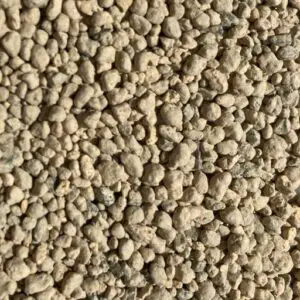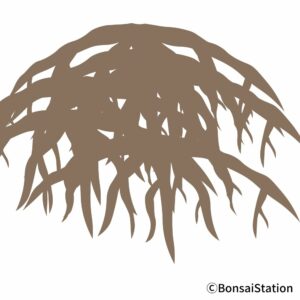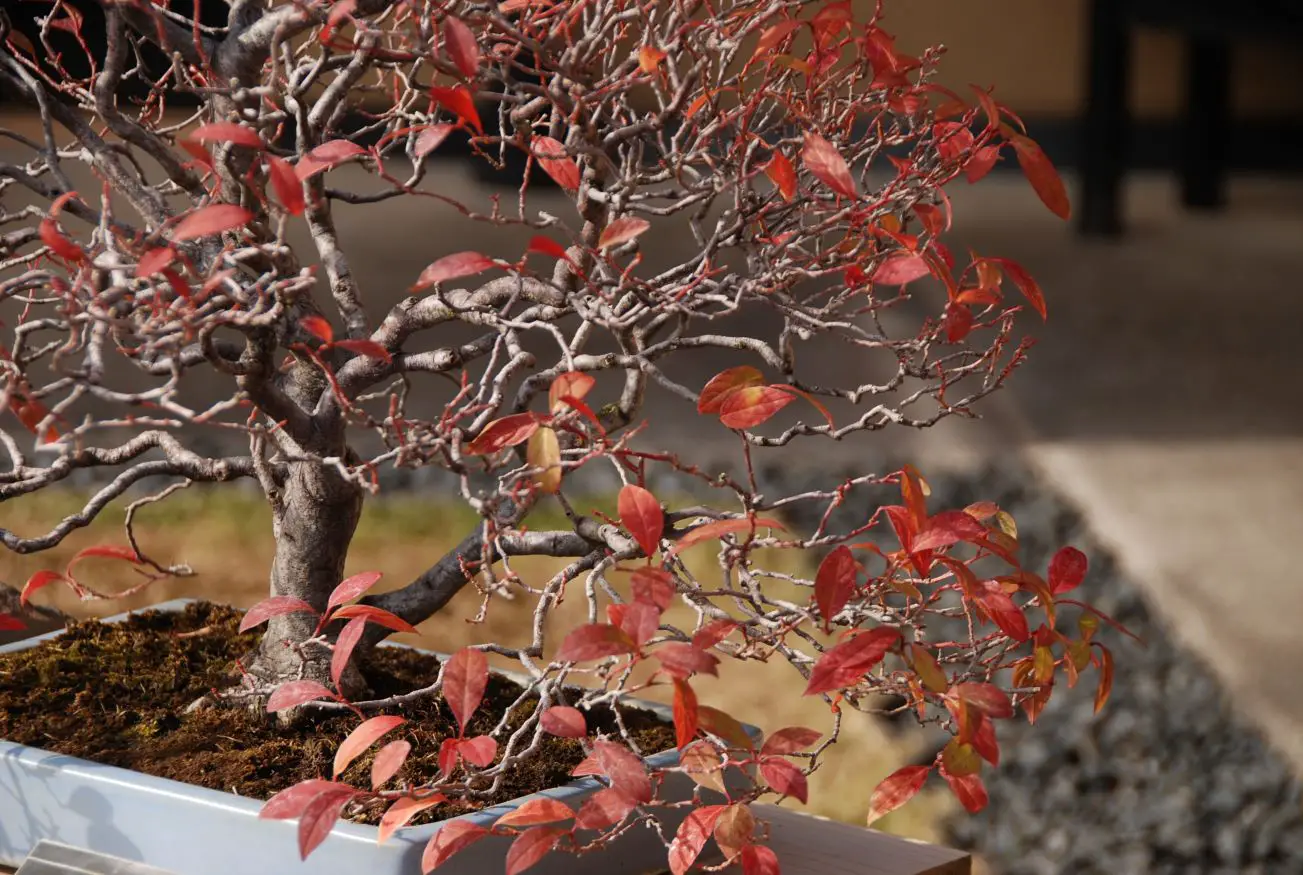It is not recommended to repot your bonsai trees under these conditions: during summer and winter, the soil is still in good condition, the roots are not yet pot-bound, or they show signs of illness or stress.
When not to repot bonsai trees
While repotting is a very important aspect of bonsai tree care, there are certain situations in which it is best to avoid repotting your tree. Here are some scenarios in which you should not repot your bonsai tree.
During summer and winter
Timing is everything when it comes to repotting bonsai trees. Repotting during the wrong season can be harmful to the tree and disrupt its growth cycle. You should not repot your bonsai trees during summer and winter when root growth is very slow or virtually non-existent.
Avoid winter

According to this scientific study∗ on root growth of 44 coniferous and broad-leaf trees, roots stops growing during winter. Even the roots of Sakhalin fir (Abies sachalinensis), which grows in a very cold climate in the Sakhalin islands in Russia, stop growing at the end of fall when it gets really cold.
∗ The study is written in Japanese.
Avoid summer

This study also shows that root growth in summer depends on species; some continue to grow during summer while others grow only in spring and fall, and not in summer.
It has long been told, however, that the roots of bonsai trees do not grow in summer. This might have to do with the fact that they grow in tiny pots with little soil that acts as insulation. Bonsai soil can get very warm under strong, direct summer sunlight.
Plants in general reduce their activity under very high or low temperatures. So, various functions of the roots, including growth, are suppressed when roots are exposed to high temperatures (and low temperatures or dry conditions). This might be why roots do not grow when pots are (over)heated.
Repot in early spring
As a general rule, repotting should be done in early spring just before your bonsai trees wake up from dormancy. This will enable them to recover quickly from the stress of repotting and root pruning.
Soil is not degraded yet

Bonsai trees rely on the soil to provide essential nutrients and moisture for growth. If the soil is still in good condition, it may not be necessary to repot your bonsai tree.
Before repotting, check the condition of the soil by feeling its texture and looking for signs of degradation.
Soil texture
Check the texture of the soil in your bonsai pot when it is enough dry. Gently dig a small hole in the soil and pinch some between your fingers. If the soil has enough resistance and does not crumble easily, it is likely still healthy.
It is important to do this test when the soil is not wet. Soil particles break down easily when it is moist but those of healthy soil stays relatively intact with pressure when it is dry.
If the soil falls into small pieces easily or looks silty and compacted, it may be a sign that it is degraded.
Water drainage
Test the water drainage of your bonsai pot by watering the tree and observing how quickly the water drains through the soil. If the water drains evenly after a while, it is a good sign that the soil is still healthy and not compacted.
If the water drains too slowly or stays on top of the soil for some time, it may be a sign that the soil is degraded and needs to be changed.
Roots are not pot bound

Repotting is always stressful for bonsai trees. While it is important to repot your bonsai tree when the roots become pot-bound, repotting too soon can do more harm than good. If the roots are not yet pot-bound, you can wait until they have fully occupied the existing pot.
You can check whether the roots are pot-bound by examining the roots and water drainage.
Examine the roots
Carefully dig a small hole around the rim of the bonsai pot to examine the root ball. If the roots have not reached the rim of the pot, they still have room to grow.
Make sure to take into account how much roots of your bonsai tree grow in one year. If you miss this season, you might have to wait for another year, at which time your tree can be completely pot-bound.
If the roots are densely packed and circling around the edge of the pot, it is a sign that the tree is pot-bound and in need of repotting.
Water drainage
When you water your bonsai tree, observe how long it takes to drain water. If the water comes out of the drainage holes in a while, not too long or too short, it can be a sign that your tree is not pot-bound.
If the water seems to sit on top of the soil and takes a long time to be absorbed, it may be a sign that the roots are pot-bound. Or water can go through the pot too quickly. This as well can be a sign that the roots are pot-bound as there is not enough soil to absorb water.
The tree is sick or stressed

If your bonsai tree is showing signs of illness or stress, it is important to address these issues before considering repotting.
Repotting is a stressful process for a tree, and if it is already weakened, the shock of repotting could be too much for it to handle. Wait until the tree has regained its strength and vitality before repotting.
Risks of repotting bonsai trees at the wrong time
While repotting is an essential aspect of bonsai tree care, it is important to choose the right time to repot your tree. Repotting at the wrong time can put your trees at a variety of risks and problems.
Here are some of the main risks of repotting bonsai trees at the wrong time.
Wilting
Repotting is a stressful process for a tree, and doing it at the wrong time can increase the risk of shock and stress. If you repot your tree at the wrong time, repotting can be too much for it to handle, which can lead to stunted growth, wilting, or even death.
Disruption of the growth cycle
Repotting at the wrong time can disrupt the tree’s growth cycle and lead to inconsistent growth patterns. If the tree is in the middle or towards the end of its active growth phase when it is repotted, it may struggle to adjust to its new environment and suffer from stunted growth or other issues.
Root damage
Repotting at the wrong time can increase the risk of the root system not recovering, which can be especially problematic for bonsai trees. Bonsai trees rely on a very small root system to absorb nutrients and water compared to other potted plants.
Any damage to the roots can have a significant impact on the health and vitality of the tree. Your trees need enough time to regenerate the root system after repotting.
Reduced flowering or fruiting
If your bonsai tree is a flowering or fruiting species, repotting at the wrong time can reduce the tree’s ability to produce flowers or fruit. Your trees may divert energy to recover from repotting stress which might otherwise be used for flowers and fruits.
This can be frustrating if you are looking forward to seeing their tree in bloom or producing fruit.



